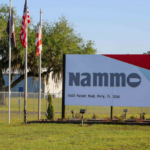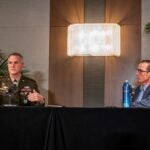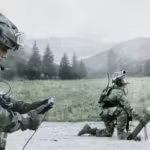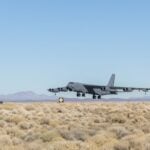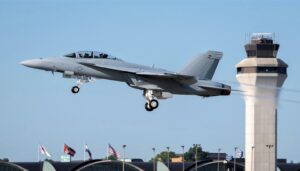
The U.S. Air Force Life Cycle Management Center (AFLCMC) at Wright-Patterson AFB, Ohio is planning to certify new self-protection materiel for Boeing [BA] KC-46 tankers with the Remote Vision System (RVS) 1.0 and to field a new self-protection design under RVS 2.0, AFLCMC said. "KC-46 Force Protection Key Performance Parameter is not currently compliant across the fleet due to supply material becoming obsolete in 2022," AFLCMC said in an email response to questions. "A corrective action plan will certify new…


